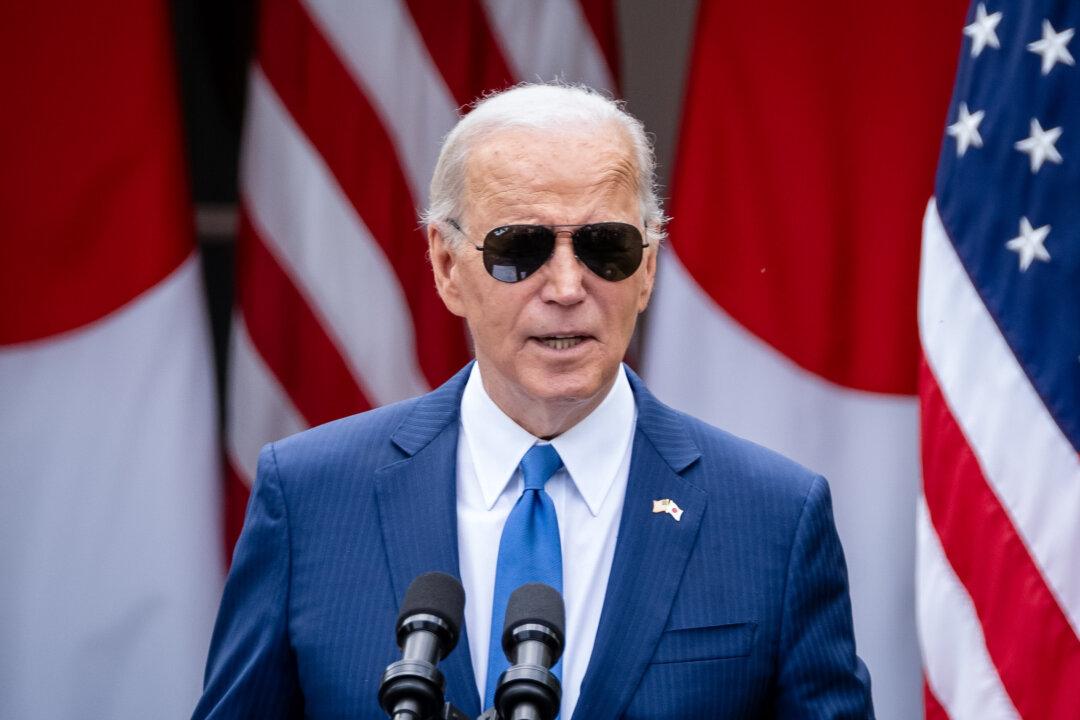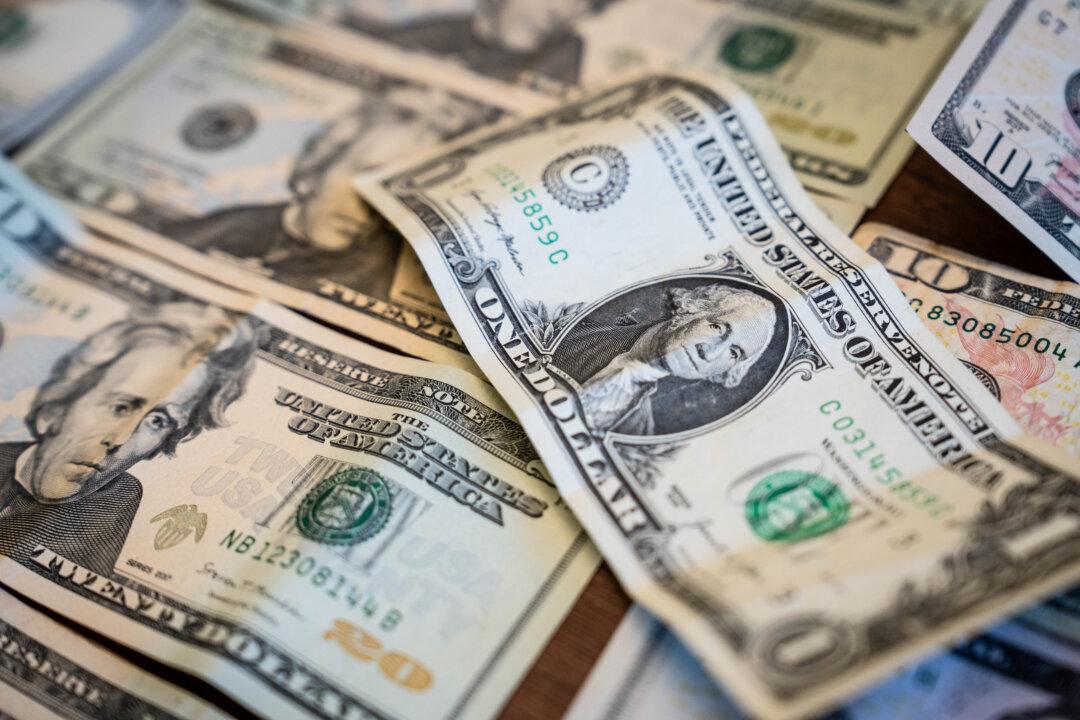President Joe Biden’s new student loan debt relief proposal will cost tens of billions of dollars in addition to the $475 billion projected for the administration’s SAVE (Saving on a Valuable Education) plan, according to a new study.
The University of Pennsylvania’s Penn Wharton Budget Model (PWBM) has estimated that attached to the White House’s five provisions in the recently announced initiative is an $84 billion price tag. In total, the final 10-year bill would cost about $559 billion.





